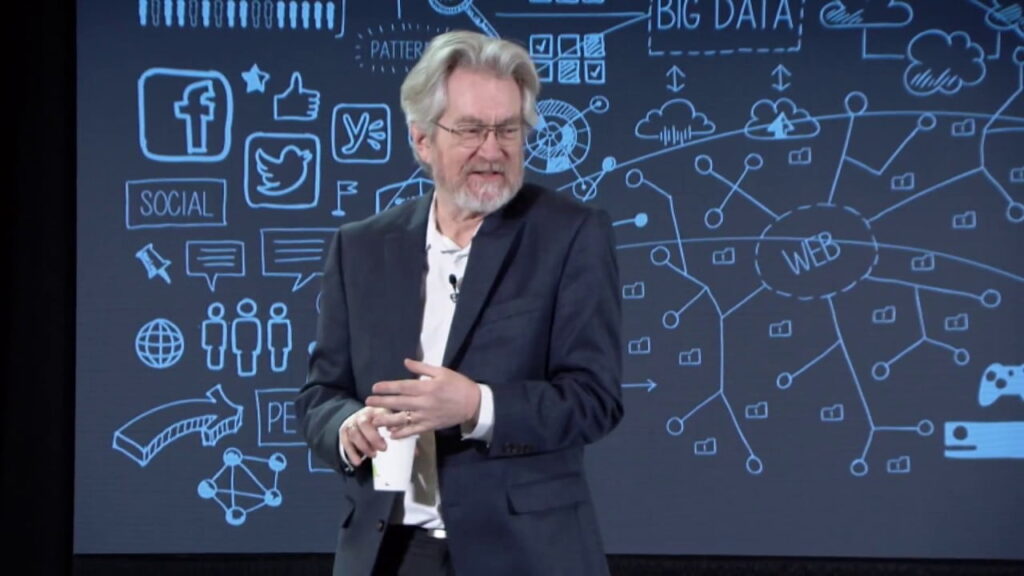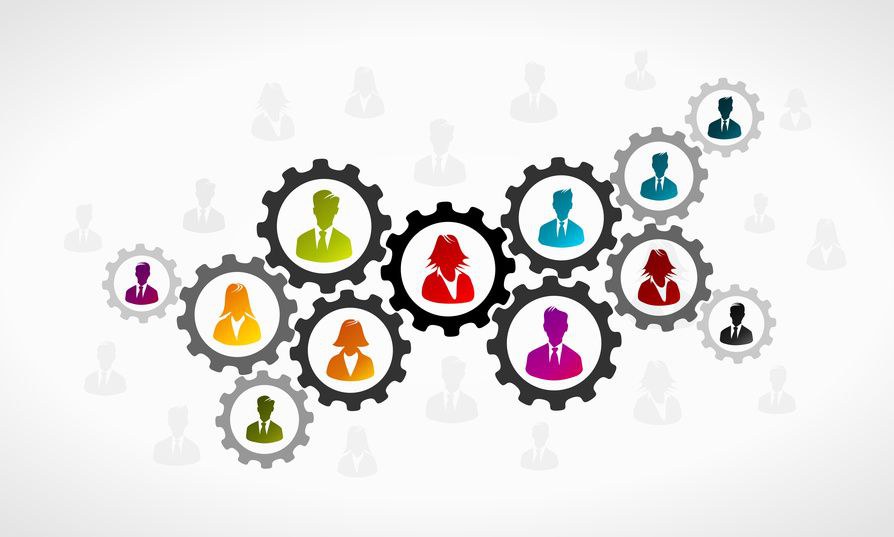People have been observing and studying teams for a long time, and trying to work out how to do great teamwork, and what sets high performance teams apart from the rest. A lot of what came out of this observation of teams and people at work was subjective, theoretical and based upon the observer’s opinion. A lot of it was right, but it was often not proven fact. It was sometimes conjecture and involved the words ‘we think…’ rather than ‘we are 100% sure…’
Now, we are able to offer more statements that begin with the latter. We have greater proof of what skills, practices, behaviours and methods constitute great teamwork, and what gives high performing teams the edge over merely good and bad teams.
How? The Answer is Technology
We all know that technology is giving us the power to do so much we never dreamt possible fifty, thirty even ten years ago, in all works of life. The Internet, smart phones, robotics, AI… it is coming, thick and fast. And it’s no different in this studying of teams. I’d even go so far as to now call this observation of how teams work a science.
How is technology turning the study of teams into a science? Take for example Sandy Pentland and his team at MIT’s Human Dynamics Laboratory, who pioneered the ‘wearable tech’ of the sociometric badge; A small device that you put on a lanyard round your neck that measures your interactions and patterns of communication across your team. He has used them to study hundreds of people and teams, crunching big data and numbers to ascertain what makes the difference in how people in teams interact that puts their team into the high performance bracket. The data has shown some startling results.

“We’ve found patterns of communication to be the most important predictor of a team’s success. Not only that, but they are as significant as all the other factors – individual intelligence, personality, skill and the substance of discussions – combined”.
Sandy Pentland
(If you want to read more about Sandy Pentland’s work, he wrote about it at length in this Harvard Business Review article).
This idea has been further developed and there are now companies using this technology to help companies create and cultivate high performing teams. Companies like Humanyze and Saberr are providing services that offer data driven advice based upon measurement of your team or the other teams they have already worked with. This can be used to recruit people onto teams to make sure you have as close to the model of an ideal team player, or the right mix of players. You can use it to assess workload, measure diversity statistics and understand if you are using collaboration correctly.
Communication Tools
The tools that teams use to communicate have come a long way, even in the 25 years that I have been in the workplace. Email became widely available in the mid 1990s, and since then we’ve moved on to Apps, smartphones, video conferencing and virtual reality. We now know that what we always suspected – face to face communication is the best way to operate in a team – is still correct advice from the work that Sandy Pentland and others have been doing. However as we now work in a far more collaborative, interconnected environment where we are expected to interact and work with people all over the world, we have been able to develop tools to assist us.
If you don’t sit in the same room as the people on your team, then technology can help. You need to get as close to face to face communication as possible, so video conferencing platforms like Skype and Zoom exist; Tools like WhatsApp, Yammer, Slack and other messaging Apps are providing great ways to communicate either in functions, project teams, or topic channels. These Apps are far more flexible than email, and are revolutionising how virtual teams work.
All of this is providing evidence and data that can be studied to provide concrete answers to the big questions on teamwork. Couple this with other more conventional studies that are being done, and we are really developing a truly scientific field around teamwork. (For example, a team lead by Professor Dacher Keltner at the University of California Berkeley, studied the frequency of touching between team mates in the NBA. High fives, fist bumps, huddles… Their finding? Teams that touch each other the most, win the most).
What Does This Mean?
As an observer of teams, I am excited by the validation and authentication it provides us. We are beginning to get concrete proof that we can use to help teams and the people in them improve their behaviours and practices, and ultimately become more successful as a result. Scientists like Sandy Pentland, Dacher Keltner and companies like Humanyze and Saberr are taking the science of teamwork forward and making people sit up and take notice. Companies, governments, sports teams, schools and other organisations are beginning to realise this and those that take steps to make changes based upon this science will be the ones who win.
HOW TO GET IN TOUCH
Call me on +971 (0)50 559 5711 or send me a message
